Jim Hogan is having his annual Heart of Technology charity barbecue at his home in Santa Cruz. This year it is on Saturday August 31st and it’s a luau. It is from 2pm to 8pm at 2171 Sunny Acres Drive, Santa Cruz. Each adult requires a tax-deductible donation of $50 to FleaHab of Santa Cruz County (kids are free).
In addition to Hawaiian… Read More



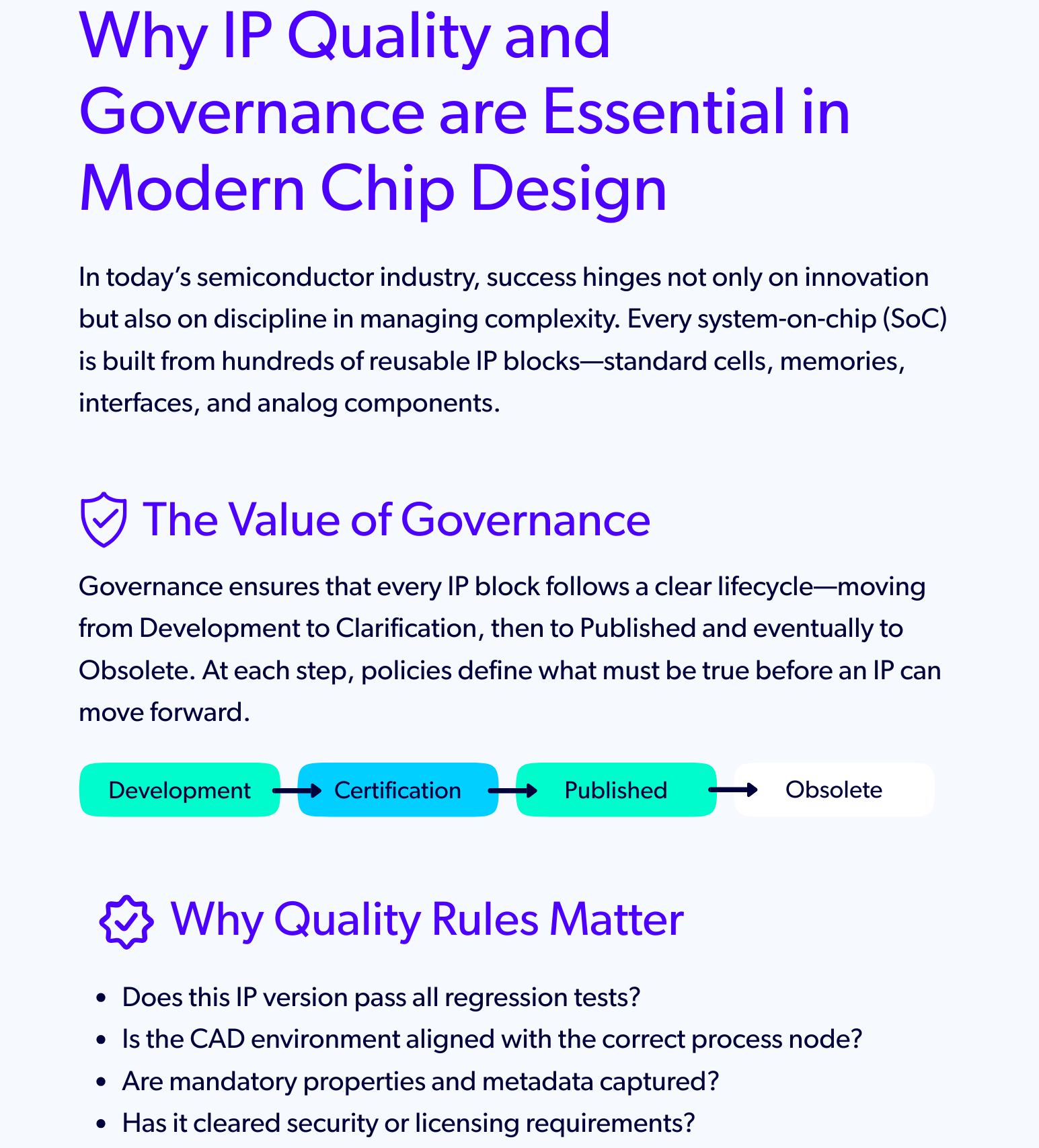
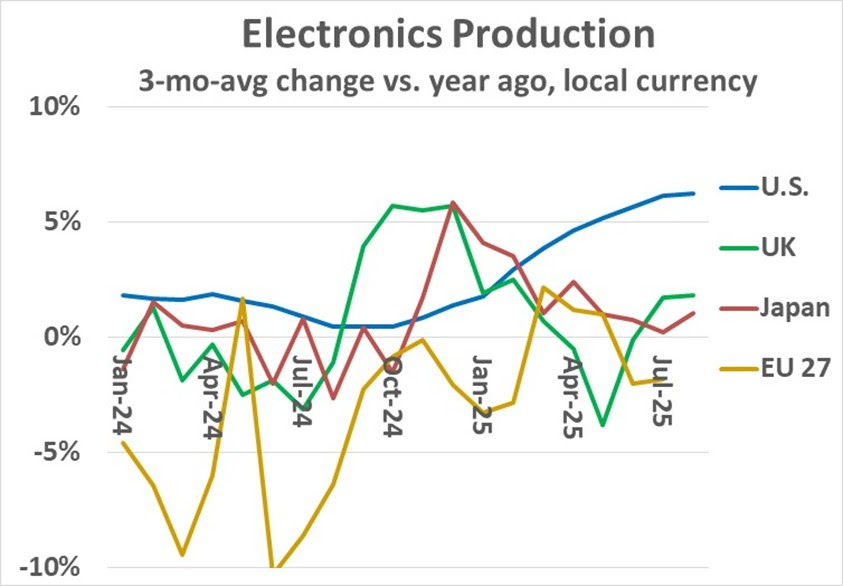
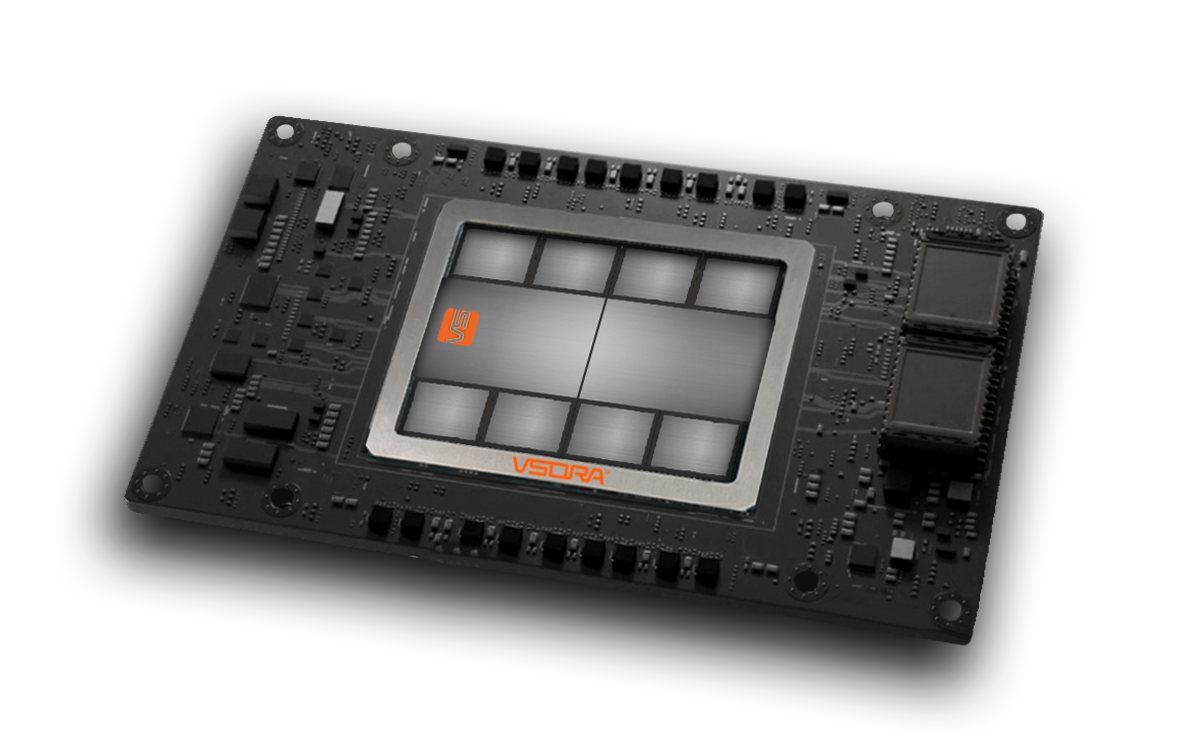



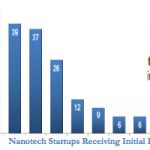



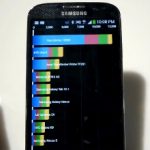



AI RTL Generation versus AI RTL Verification